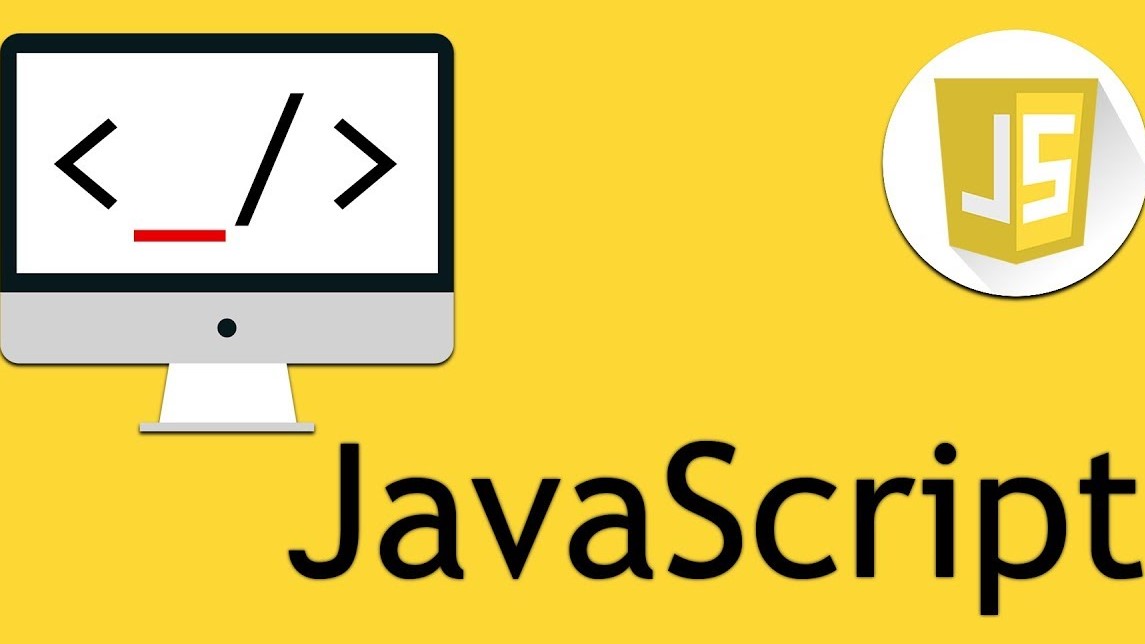The following code snippet demonstrates a simple for loop.
Loop structures sound like some bizarre topic from micro-biology but this hub relates how to use loop structures in JavaScript.
How to Use Loop Structures in JavaScript
Loop structures are portions of code designed to perform repetitive tasks, such as repeatedly performing a test or calculation. In essence there are three basic types of loop structures in JavaScript and these structures comprise the following:
- the for loop
- the while loop
- the do while loop
Each of the loop structures performs repetitive tasks but the method of controlling the loop vary with the type of loop.
The for Loop
The for loop structure may be used when the number of times a task must be performed (referred to as iterations) is known. The two versions of the while loop will perform a task or set of tasks while a condition is true. The following code snippet demonstrates and write my paper is simple for loop. Notice that the variable declaration for the variable i is contained within the loop definition (var i=0 ), this declaration instructs the interpreter to create an area in memory to store data and refer to that area using the label i . This particular loop would simply display the value for the variable i for each iteration of the loop and continue for 100 iterations.
Loops of Pre-Determined Length
1for (var i=0;i<100;i++){
2 document.write(i);
3}
There are three conditions that the programmer must meet to create a successful loop structure; these conditions are:
- establish a control variable
- modify the control variable
- test the control variable
The for loop meets these conditions in the loop definition statement. In the above module, declaring the variable i establishes the control variable and the i<100 condition establishes the test for the control variable. The action i++ modifies the control variable by instructing the JavaScript interpreter to increment the variable after each iteration of the loop.
Therefore, when the interpreter reaches the for loop, the JavaScript interpreter will create the variable i, set the variable equal to 0, then perform the instruction contained within the loop. In this case, the instruction causes the interpreter to display the value of the variable i.
After displaying the variable, the JavaScript interpreter will increase the value of the variable i by 1 or increment the variable, as instructed by the i++ action contained within the loop definition. After incrementing the value of i, the JavaScript interpreter will then check the value of i to determine if the loop should run another iteration or exit the loop. If the value of the variable i is less than 100 then the JavaScript interpreter will perform the loop actions for another iteration. If the value is equal to 100 then the JavaScript interpreter will exit the loop and continue with the instructions that follow, if any.
Pre-test Loops
A pre-test loop is a looping structure in which the interpreter tests the value of the control variable before performing an iteration of the loop's instructions. The while loop structure meets the conditions of a pre-test loop, as demonstrated by the following code snippet:
1var i=100;
2 while (i<100) {
3 document.write(i);
4 i++;
5 }
The above demonstration of the while loop illustrates the performance of the while loop. The loop's instructions perform the same operations as the earlier defined forloop with the exception that the programmer explicitly instructs the interpreter to increment the control variable as shown by the statement i++ within the block of loop code. Also notice that the control variable is declared and initialized before the loop begins. This is a necessary step because otherwise the contests of the control variable would be unknown before the test and the results would be unpredictable.
The while loop will run zero or more times because the JavaScript interpreter will test the control variable before running the first iteration of the loop's code. If the test fails, then the interpreter will exit the loop without running any iterations.
Post-test Loops
The final loop structure is the post-test loop. The difference between a pre-test loop and a post-test loop is that the post-test loop tests the control variable after the loop's instructions are performed. This means that in the post-test loop structure the instructions will run at least one time, which is not the case with a pre-test loop. The do-while structure illustrated below is an example of a post-test loop.
1 var i;
2 do {
3 document.write(i);
4 i++;
5 while(i<100);
6 }
The preceding examples are just that, examples. Programmers may vary the coding of the basic loop structures in many ways, Constant values and dynamic tests may be used for control and of course the instructions performed by the loop will vary from program to program.




